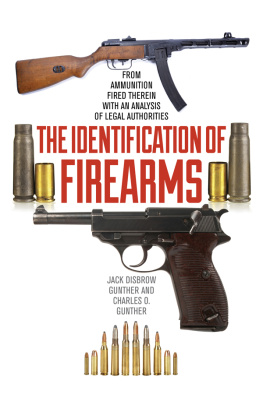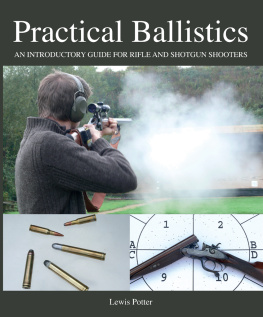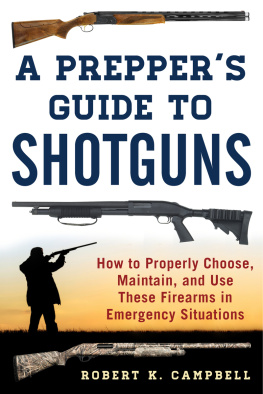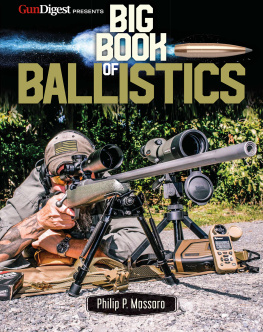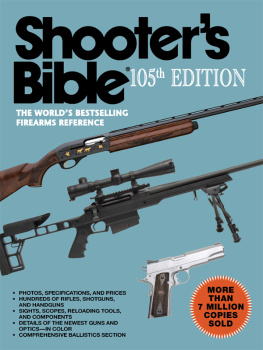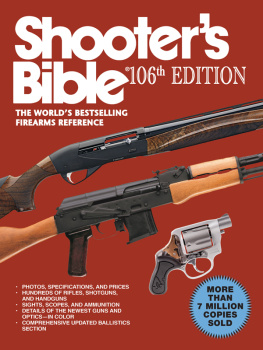I T IS only within the present generation that the science of identifying disputed documents has achieved judicial respectability. The ascent from the Avernus of deserved disrepute has been steep and difficult, obstructed by ignorance and slippery with fraud. Handwriting experts were long content to use the crudest of instrumentalities; they were quick to generalize from inadequate experience obtained in the most haphazard fashion; they made no real attempt to distinguish between the process of skilled observation and that of drawing deductions from observed data. In a word, they were of no more practical worth to a judge or jury than a graphologist would be. It took the patience, industry, skill, intelligence and expository power of an Albert S. Osborn to demonstrate that by the proper use of available aids in chemistry, microscopy and photography the pertinent data not only can be accurately observed by the expert, but also can be made understandable to the ordinary trier of fact, and that by long and carefully acquired experience genuine skill in interpreting such data can be attained. Today the real expert can be of invaluable assistance to the court. At the same time there will be no undue tendency to overrate his testimony. Judges and juries are too well acquainted with the variability of human reactions to fail to realize the great chance of error in attributing any specimen of handwriting to a particular individual.
The skepticism which expert testimony as to disputed documents encountered has not in general been opposed to expert testimony on firearms identification. Indeed, there has been too much of a tendency to take firearms experts at their own none too modest evaluation. There has been too great readiness to accept the notion that they deal with easily ascertainable data of exceptional exactness. It is easy to believe that the effect which one inanimate substance will produce upon another by a given interaction will always be the same. Hence, if a bullet of given size, weight and material is forced through a given rifle barrel, it will emerge with the same marks upon it as any other bullet of the same size, weight and material. For a quarter of a century a firearms expert for a great Commonwealth proceeded upon that theory, and assumed that the result would be the same whether the bullet were driven through with a rod and mallet or by any explosive. It is easy to credit the assertion that no two rifled barrels can be exactly the same because the cutting tool will necessarily be worn in the process of making each groove. From this the deduction is inevitable that a bullet shot from one gun cannot have the same markings as a bullet shot from any other gun. And so a widely known expert could confidently testify that a bullet was fired from a barrel which was indisputably shown not to have been in existence at the time of the shooting. Starting with plausible premises too many self-styled ballistics experts have found in their inadequate experience the results they were looking for; they have employed neither the approach nor the technique of the true scientist. They have confined their experiments to too few weapons, to too few types of ammunition, to too few conditions. They have emphasized similarities and minimized differences, or have relied upon casual dissimilarities and disregarded characteristics. They have failed to take into account the inherent deficiencies in their instrumentalities. Above all, they have been content to deduce universals from much too small a body of data.
It is the purpose of this book to make an honest exposition of the science of firearms identification in its relation to the judicial process. It is the result of long-continued and accurately controlled experiments with numerous specimens of various types and manufacture both of weapons and of ammunition. It neither exaggerates nor underrates the value of the function which the honest expert can perform. It does not disguise the evils that dishonest or ill-equipped experts may do. It should be an effective aid to court and counsel.
E. M. M ORGAN
C AMBRIDGE , M ASS .
PREFACE
T HE professional criminal evades the damning evidence of finger prints by the use of gloves and oiled surfaces. He prevents the tracing of firearms by filing off all such distinguishing marks as serial numbers. But when once a firearm is traced to his possession he will have much difficulty in removing therefrom the surfaces which have left their characteristic markings upon the surfaces of the bullets and cartridge cases fired therein. These markings furnish evidence more reliable than the testimony of eye-witnesses. The purpose of this book is to present such a study of the subject matter of the identification of firearms from ammunition fired therein as to demonstrate it as a science and to show its application in the courts by a discussion of the available authorities. If this purpose be achieved, the authors feel that they will have rendered a real service to the police, the trial lawyer, and the courts.
The authors wish to express their deep appreciation to the following for their invaluable assistance:
Edmund M. Morgan, Bussey Professor of Law, Harvard Law School;
Albert S. Osborn, author of Questioned Documents, The Problem of Proof;
F. T. Llewellyn, Research Engineer, United States Steel Corporation;
The Engineering Foundation;
Ordnance Department, U. S. A.;
and to extend their thanks to the following for their kind cooperation:
Carl L. Bausch, Bausch & Lomb Optical Co.
Stuart B. Campbell, Esq.
J. Victor DAloia, former Assistant Prosecutor of the Pleas, Essex County, New Jersey.
John Drewen, former Prosecutor of the Pleas, Hudson County, New Jersey.
Egbert C. Hadley, Remington Arms Co., Inc.
Hon. Roscoe T. Mauck, Judge of the Court of Appeals of Ohio.
E. Pugsley, Winchester Repeating Arms Co.
A. W. Schenck, Savage Arms Corporation.
Hon. Samuel E. Shull, President Judge, Court of Common Pleas, Pennsylvania.
Major D. B. Wesson, Smith & Wesson, Inc.
Colts Patent Fire Arms Mfg. Co.
Mauser-Werke Aktiengesellschaft.
Peters Cartridge Co.
Webley & Scott, Ltd.
Western Cartridge Co.
Harry F. Butts, Commanding Officer, Ballistic Bureau, New York Police Dept.

